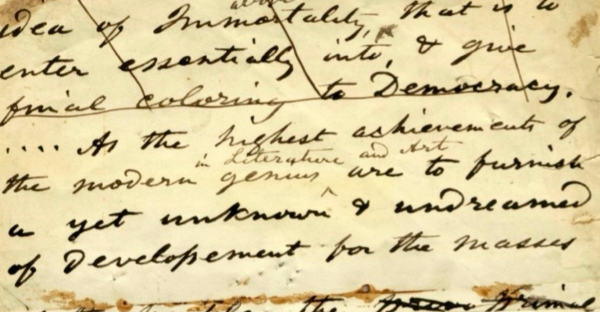
Reclaiming flexibility: How Rollins College and the University of Puget Sound modernized digital stewardship with JSTOR
Discover how Rollins College and the University of Puget Sound modernized digital stewardship with JSTOR, replacing fragmented legacy systems with a unified, mission-driven platform that streamlines workflows, enhances teaching, and reenergizes engagement across campus.
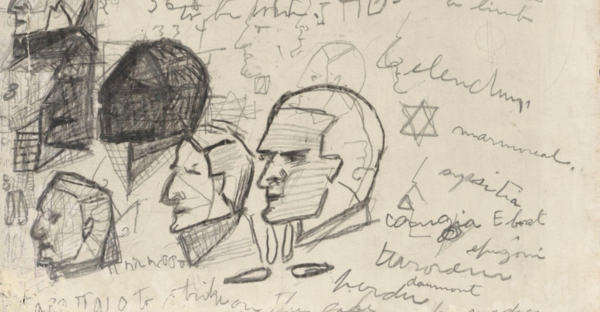
Moving beyond DIY: How Vanderbilt and UDC scaled stewardship with JSTOR
Vanderbilt University and the University of the District of Columbia moved from self-hosted systems to JSTOR Digital Stewardship Services, transforming digital stewardship from a technical challenge into a scalable, mission-driven practice.

Educator spotlight: From Isolation to Connection–Maria Rovito’s Journey with JSTOR
Discover how educator Maria Rovito uses JSTOR to bridge disciplines and empower students. Her story highlights how JSTOR fosters connection, curiosity, and imagination across scholarship.
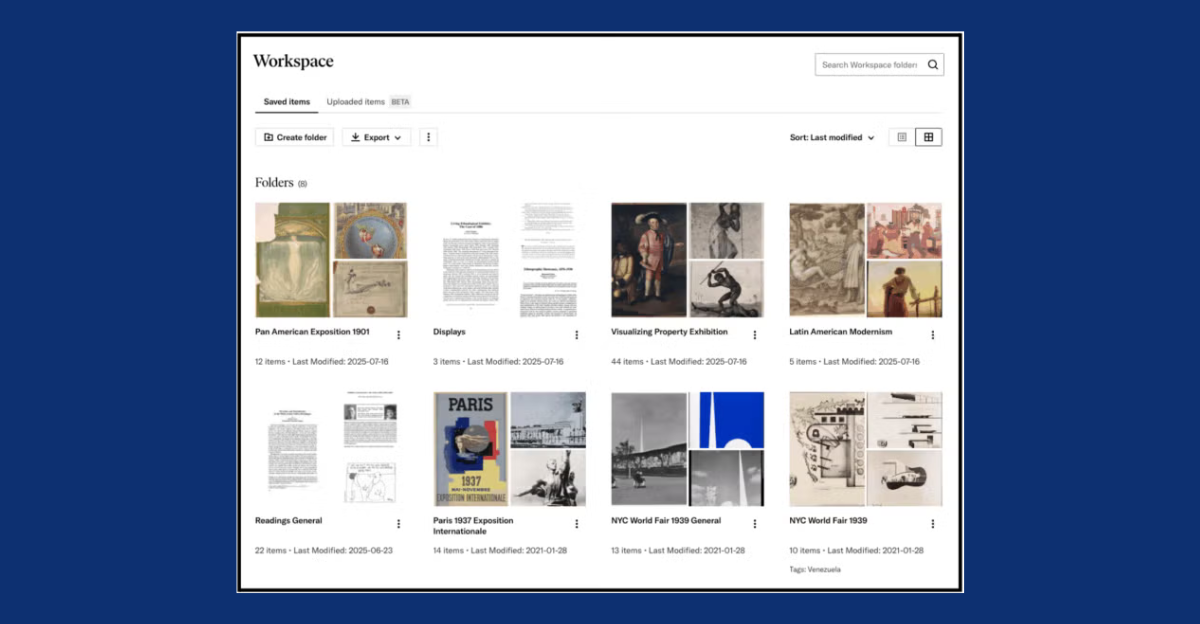
Research, cite, teach: One tool for every role: What every researcher and student should know about JSTOR’s Workspace
Meet Connie Robles, a BU PhD who streamlines research and teaching with JSTOR Workspace. Save articles and Artstor images together, annotate, cite, and export to PowerPoint, PDF, or ZIP. Share folders with students to build digital literacy. Create a free JSTOR account and make research organized, efficient, and teachable today.
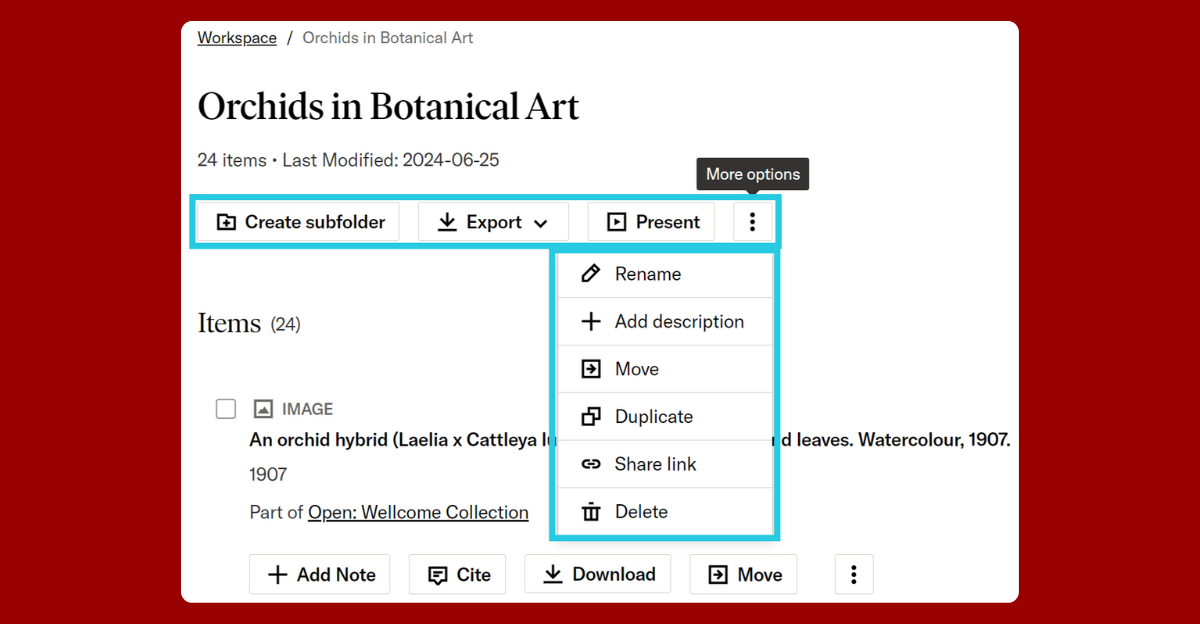
Make the most of your JSTOR experience with Workspace: Your centralized resource for research and teaching
Meet Sienna Weldon, an assistant curator and instructor who tamed messy research with JSTOR Workspace. Save, tag, annotate, and share; Present and Compare for teaching; export to PPT, PDF, or ZIP. Create a free account—non-affiliates can read 100 articles every 30 days—and organize smarter today. Discover her favorite features inside.

Mapping close reading: How JSTOR supports humanistic inquiry
Discover how the Close Reading Archive maps a century of literary study. Created by John Guillory and Scott Newstok, the project pairs a searchable bibliography with historical insight, powered by JSTOR’s discovery and citation tools. It reframes “close reading,” supports teaching, and showcases humanistic research thriving in the digital age.
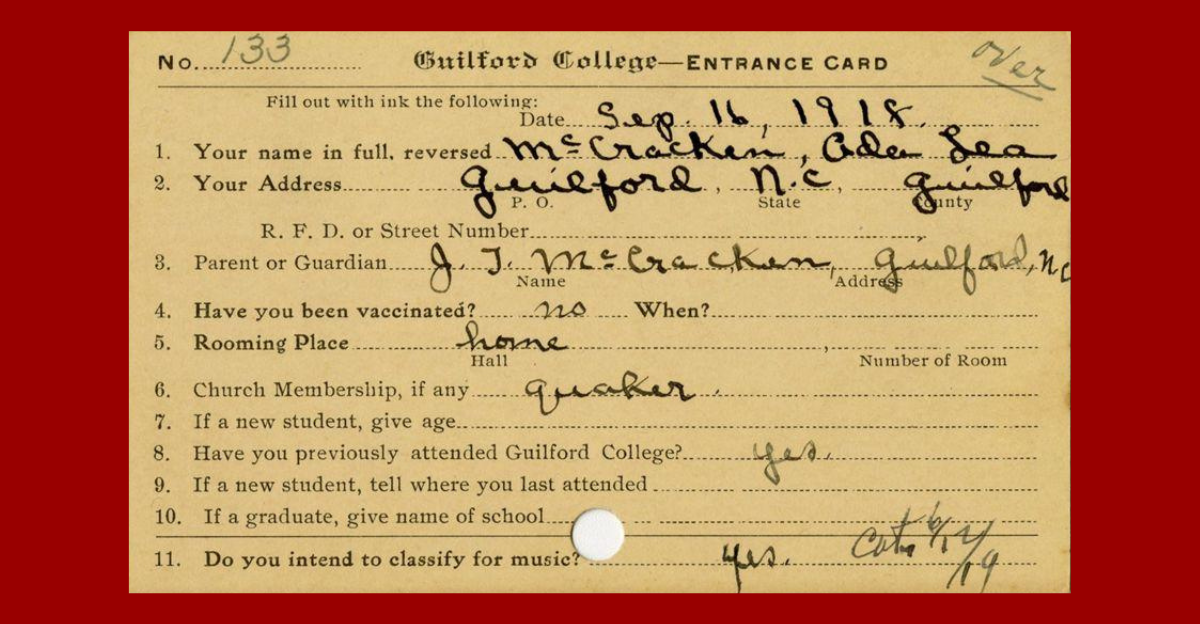
Small team, big reach: How Guilford College uses JSTOR Digital Stewardship Services to scale digital collections, empower students, and share Quaker history
See how Guilford College’s solo archivist scales a multifaceted archive with JSTOR Digital Stewardship Services. A flexible, cloud-hosted platform streamlines metadata, publishing, and discovery; empowers students as ‘digital stewards’; and supports secure internal access. Open standards (exportable metadata, OAI-PMH) enable partnerships with DPLA/Omeka—delivering big impact from a small team now.
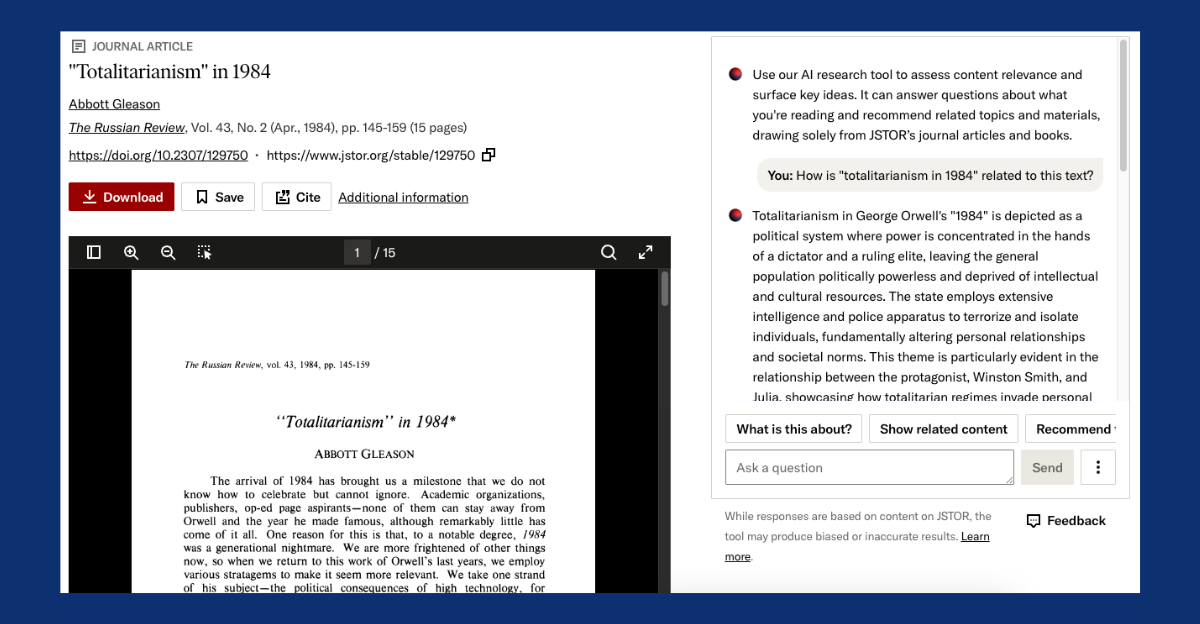
Enhancing research accessibility for students: Nurture young learners’ research skills and critical thinking with JSTOR’s AI research tool
See how London English teacher Madeleine Champagnie makes scholarly research accessible with JSTOR’s AI research tool. Conversational search surfaces key ideas, quotes, and related themes, speeding research from hours to minutes—even aiding students with dyslexia—while preserving integrity. Her measured approach builds confidence with AI and frees time for critical thinking.

A new chapter for scholarship: Syracuse University and Path to Open: A community-wide commitment to bibliodiversity and open access
See how Syracuse University’s press and library advance bibliodiversity with JSTOR’s Path to Open—licensing monographs now, opening them after three years. The model sustains humanities publishing, expands global reach, and aligns library investments with impact. Join a growing community (240+ libraries, 50 presses) proving curated OA drives usage and equity.

Animating the archive: How Drew University uses JSTOR Digital Stewardship Services to expand access to scholarship and increase student engagement
Discover how Drew University animates rare archives with JSTOR Digital Stewardship Services—bringing the Byron Society Collection and Betty T. Bennett papers online for global access. A cloud-hosted workflow preserves fragile materials, boosts discovery, and engages students through hands-on courses in digitization and metadata, turning classroom work into lasting research contributions.

For each collection, a solution: How JSTOR Digital Stewardship Services flexible framework powers Johns Hopkins’ diverse digital collections
How Johns Hopkins powers diverse digital collections with JSTOR Digital Stewardship’s flexible framework. COVID shutdown sparked pilot collaboration. Customizable landing pages, sub-collections, and metadata fields (even content warnings) support curatorial control. Publishing on JSTOR boosts discovery alongside journals. Result: cross-campus collaboration—and 10,000+ items across 13 public collections now accessible worldwide.

Middlebury archives go global: The unexpected reach of one small college’s special collections
Middlebury College’s Special Collections found global audiences by sharing 75,000+ items across 20 collections on JSTOR. From a Thoreau-related letter opener to an 1863 Civil War letter with 8,000 requests, usage soared beyond campus, reaching scholars and local historians worldwide—exceeding expectations through JSTOR’s discovery and Share to JSTOR program.

Skidmore College uses JSTOR Digital Stewardship Services to amplify and future-proof its special collections
See how Skidmore future-proofs special collections with JSTOR Digital Stewardship: public hosting on JSTOR, cataloging in Forum, preservation via Portico. Broader discovery through JSTOR and Google drives global use across 93 countries, while librarians reduce maintenance and gain durable formats—amplifying impact without dedicated archivists, freeing time for teaching, curation.

How Southwestern University partnered with JSTOR to amplify its special collections
Southwestern University boosted access to Special Collections with JSTOR Digital Stewardship Services. Moving beyond a separate portal, staff published collections on JSTOR in days; an aerial-photos pilot drew 1,980 requests immediately. Built-in analytics reveal global audiences and guide digitization priorities—strengthening the case for funding while aligning discovery with campus habits.

Bridging access: How Yuimi’s story highlights the impact of JSTOR’s AI research tool for international students
Denison librarian—and international student—Yuimi Hlasten shows how JSTOR’s AI research tool speeds reading, surfaces relevance, and supports citation, turning weekly assignments into efficient, equitable research. By easing language and cultural hurdles, the conversational tool helps international students participate fully in scholarly dialogue. See her dual perspective and practical tips.

Your time constraints are our concern: JSTOR’s AI research tool maximizes efficiency
Two Chicago public school teachers show how JSTOR’s AI research tool streamlines lesson planning and student feedback. Integrated with trusted scholarship, it surfaces key points fast, verifies comprehension, and saves precious time—without leaving JSTOR. Reliable, classroom-ready support for secondary educators seeking efficiency, accuracy, and higher student engagement in every class.

How Wyoming Community Colleges secured JSTOR for its seven campuses
Discover how Wyoming Community Clleges secured permanent access to JSTOR’s Archival Journals and Primary Sources across seven campuses—using JSTOR’s one-time payment option to cut costs, expand collections, and boost student success.